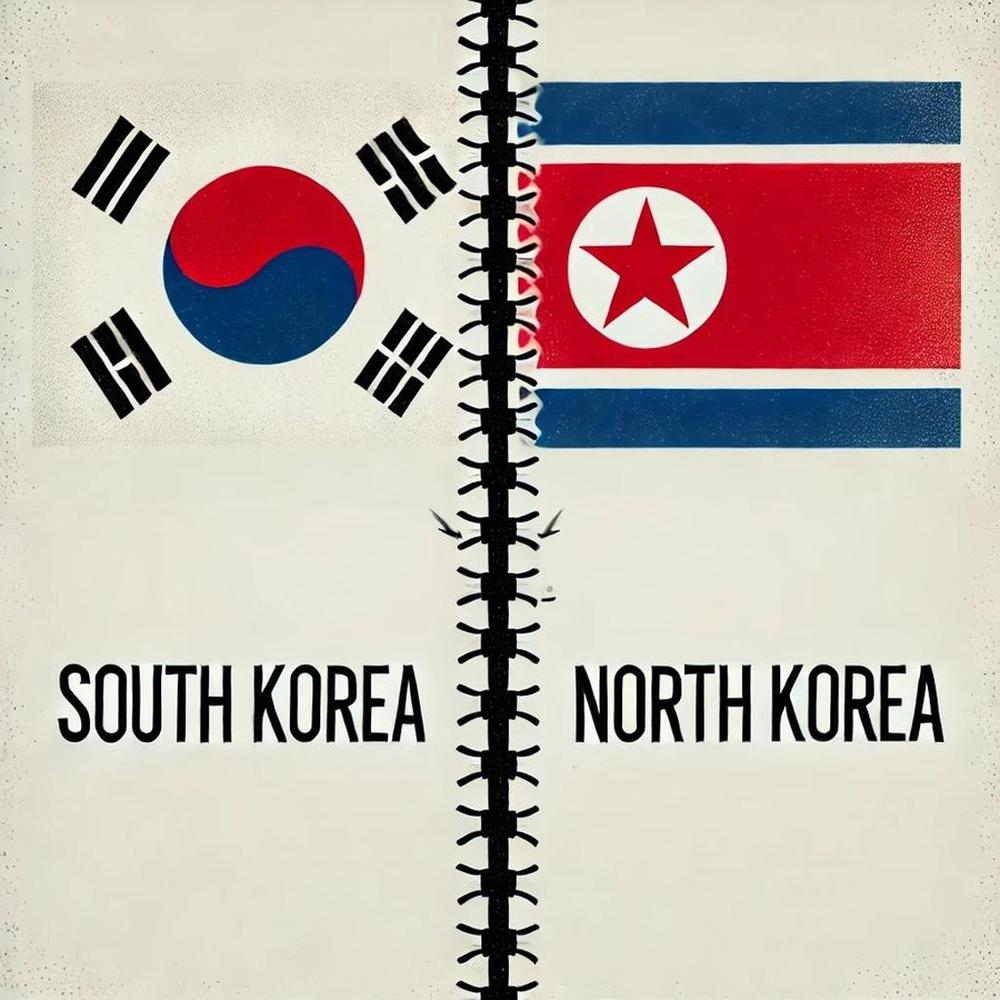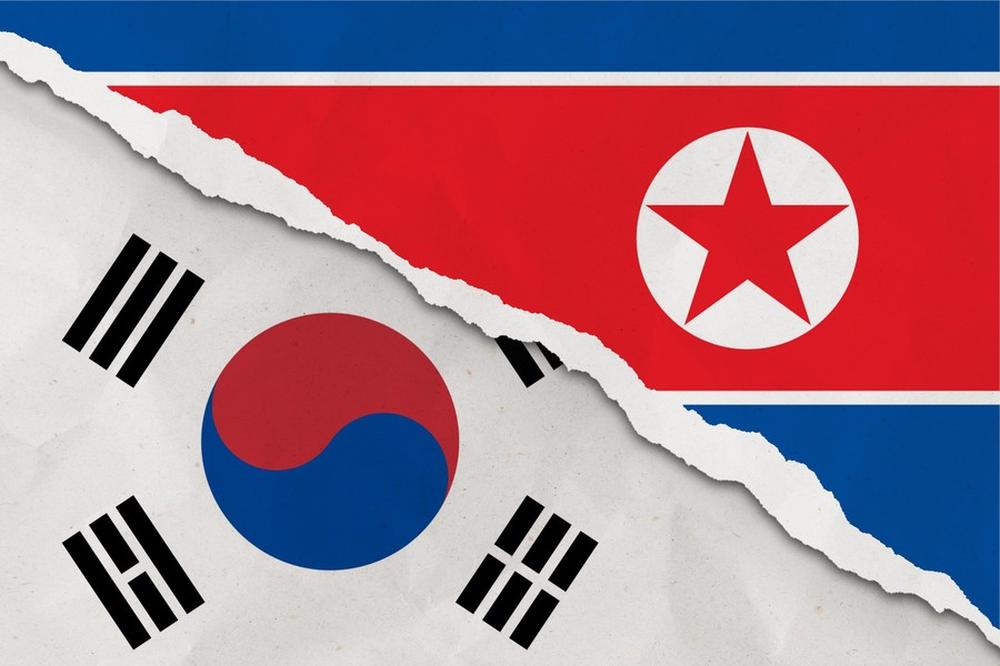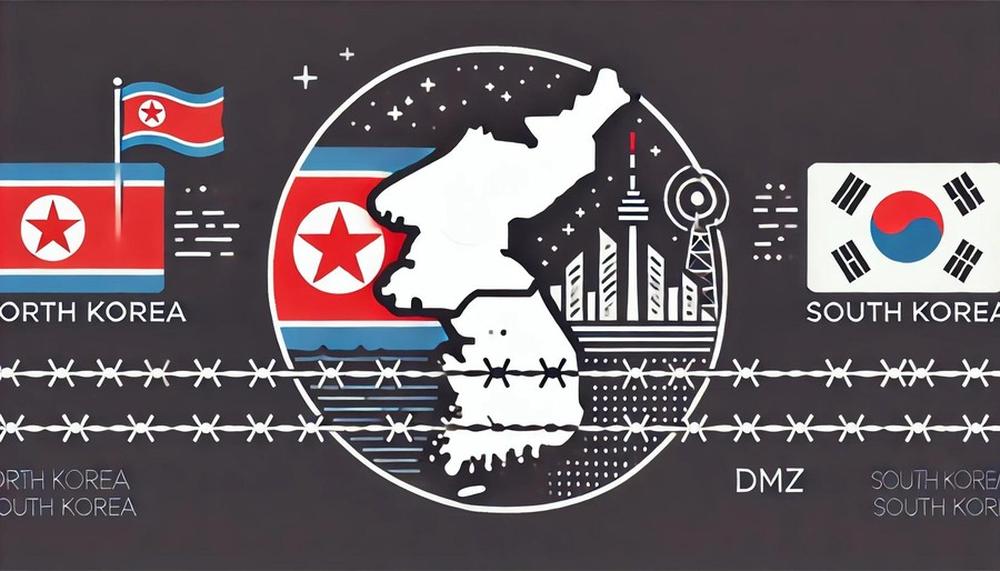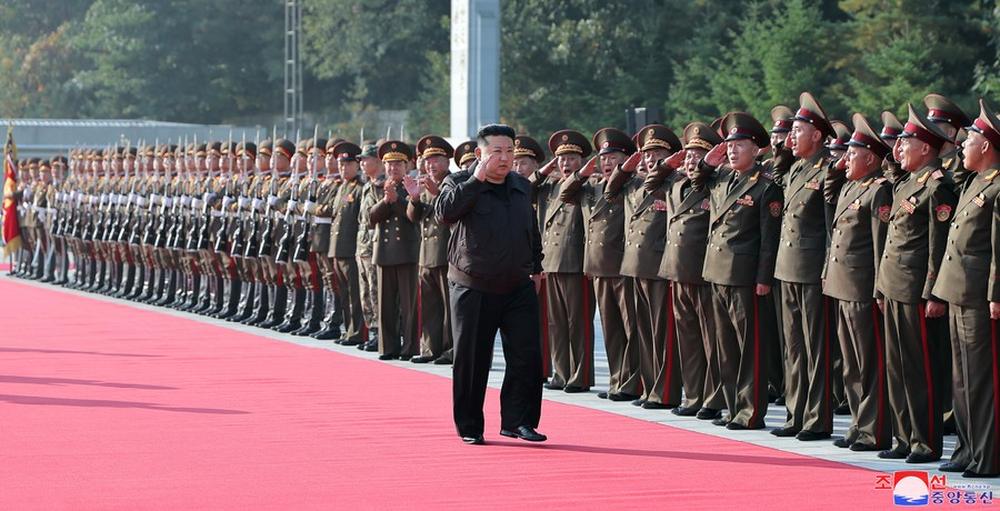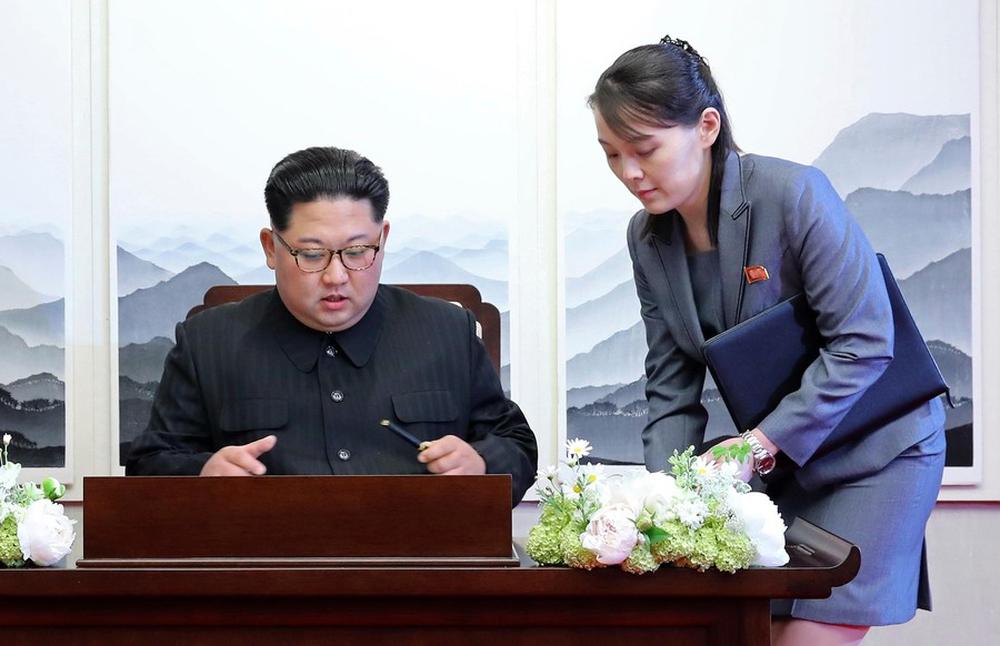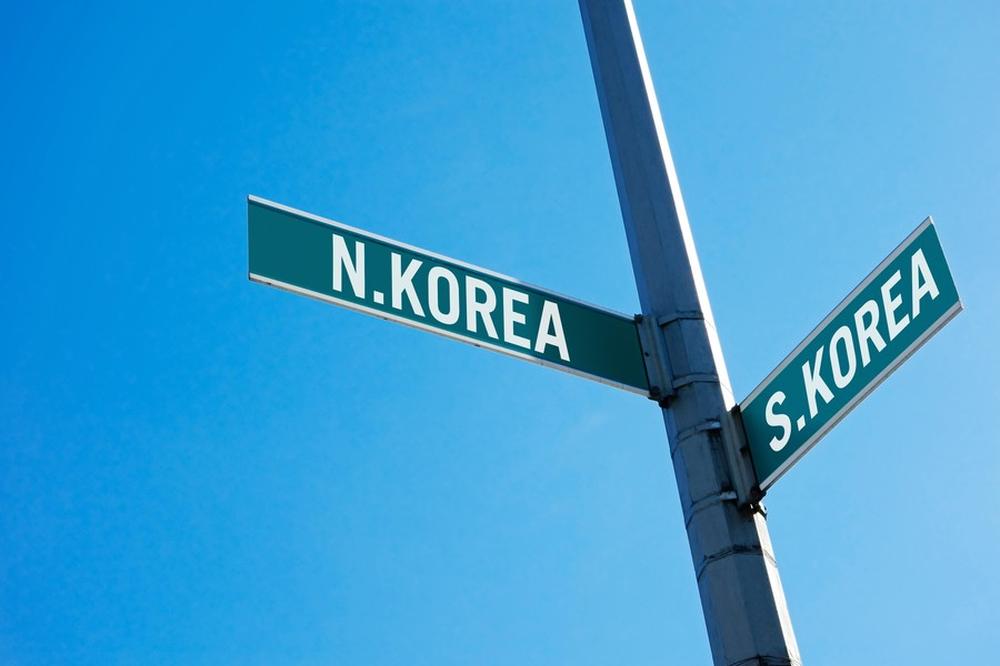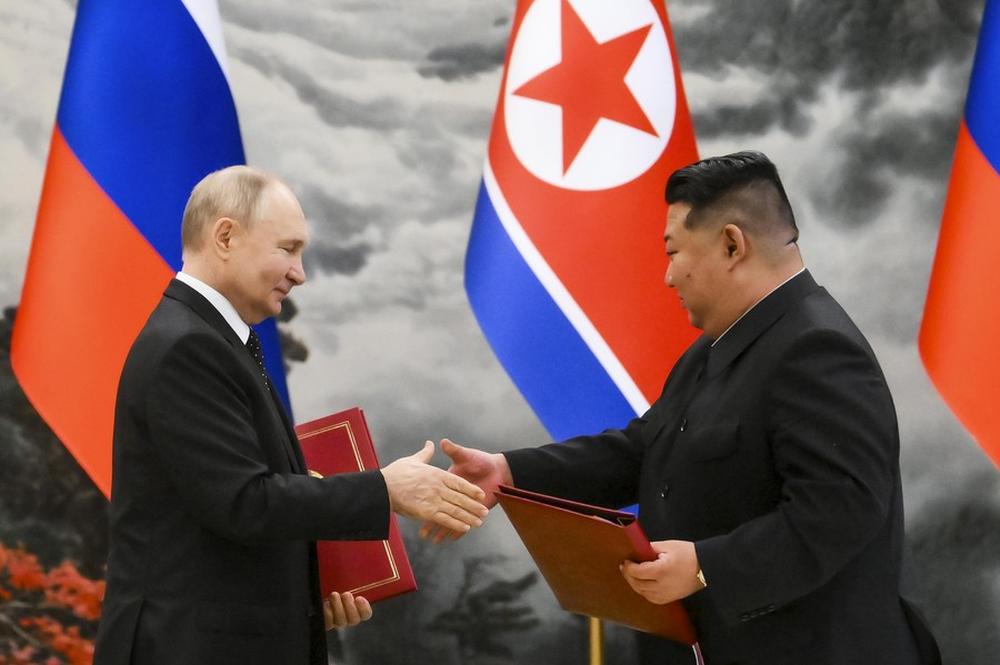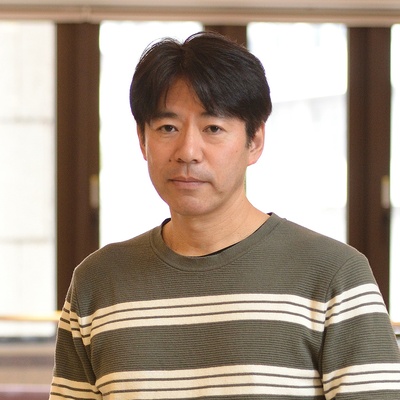
- #Inter-Korean Relations
- #North Korea
- #Security & Defense
- #US Foreign Policy

► Shift in Inter-Korean Relations: North Korea has transitioned from viewing its relationship with South Korea as a “special interim relationship” aimed at unification to one of adversarial "state-to-state" relations. This shift is marked by its designation of South Korea as a hostile foreign country, abandoning previous frameworks for inter-Korean cooperation.
► The "Two Hostile States" Theory: This policy underscores North Korea's view of the Republic of Korea (ROK) as both a foreign adversary and a legitimate target for nuclear deterrence, reflecting its heightened security concerns and rejection of South Korea’s unification model.
► Strategic Implications: By framing South Korea as a foreign adversary, North Korea bolsters its nuclear deterrence strategy and ensures ideological autonomy. This approach signals a rejection of reconciliation under current conditions and prioritizes regime stability over reunification.
Introduction
North Korean leader Kim Jong Un recently declared, “The ROK is a foreign country and an apparent hostile country” (KCNA, October 17, 2024). This statement reflects a shift in North Korea’s perception of its relationship with South Korea, moving from a “special interim relationship” aimed at unification to one between adversarial states. This essay examines North Korea’s evolving policy towards South Korea and the implications of the “two hostile states” theory.
From “special interim relationship” to “state-to-state” relations
North Korea has begun referring to South Korea by its official name, the Republic of Korea (ROK), in a hostile context. For instance, Kim Yo Jung, Vice Department Director of the Workers’ Party of Korea, criticized the Joint Chiefs of Staff, accusing them of acting as U.S. spokespeople (KCNA, July 10, 2023) and “military gangsters” (KCNA, July 11, 2023). Historically referred to as Nam Choson, South Korea is now described by Pyongyang as a separate, adversarial state.
The 1991 Inter-Korean Basic Agreement defined inter-Korean relations as a “special interim relationship” aimed at unification. However, recent statements indicate that North Korea now sees South Korea as a sovereign adversary. Notably, it refers to South Korea as the ROK without quotation marks, signaling this shift. In a press statement, North Korea accused the U.S. and its allies, such as Japan, the ROK, and Australia, of “encroaching upon sovereignty” and opposing North Korea’s “just legitimate exercise of sovereignty” (KCNA, December 2, 2023).
This shift followed escalating tensions, particularly after North Korea’s launch of the “reconnaissance satellite” Malligyong-1 on November 21, 2023. South Korea responded by partially suspending the 2018 Comprehensive Military Agreement. Pyongyang retaliated by declaring that “our army will never be bound by the September 19 North-South Military Agreement,” directly countering the ROK’s decision to suspend parts of the agreement (KCNA, November 23, 2023). These developments likely prompted North Korea’s policy shift.
Changes in North Korea’s Unification Policy?
In January 2024, the Supreme People’s Assembly of the DPRK declared that reunification with the ROK is impossible under current conditions, citing the ROK’s policies of “unification by absorption” and labeling the DPRK as a “principal enemy” (KCNA, January 16, 2024). The speech marked a notable shift, referring to South Korea as the ROK without quotation marks.
North Korea’s longstanding unification policy, the Democratic Federal Republic of Korea (DFRK), envisions a “one state, one nation, two systems, and two governments” based on mutual recognition. This approach was reaffirmed in the 2000 South-North Joint Declaration, which acknowledged similarities between the North’s federation model and the South’s confederation concept. For decades, North Korea pursued unification under this framework, viewing inter-Korean relations as “special interim relations” towards this goal.
However, on January 16, 2024, North Korea redefined its stance by designating the ROK as a hostile state. It dissolved institutions that once promoted inter-Korean cooperation, such as the Committee for the Peaceful Reunification of the Country, the National Economic Cooperation Bureau, and the Kumgangsan Tourism Administration. (KCNA, January 16, 2024). Additionally, it blocked roads and railways connecting the two Koreas, citing security concerns (KCNA, October 16, 2024). These actions underscore North Korea’s significant policy shift on inter-Korean relations and reunification.
Implications of North Korea’s “Two Hostile State” theory
Let us explore the implications of North Korea’s “two hostile states” theory. First, the theory sends a clear message: the ROK is no longer seen as a counterpart in “special interim relations” or as “fellow countrymen.” Instead, it is viewed as both a “foreign country” and an “apparent hostile country.” As such, the DPRK signals it would not hesitate to use its nuclear capability against the ROK if it perceives an imminent threat from South Korea or the U.S. General Secretary Kim affirmed this stance, stating, “When the DPRK’s sovereignty is violated by the ROK, a hostile country, its physical forces will be used unhesitatingly” (KCNA, October 17, 2024). He further describes such actions as “legitimate retaliatory measures against a hostile country, not the fellow countrymen” (ibid).
North Korea perceives threats from the U.S. and South Korea as significant and imminent. In this context, the Biden and Yoon administrations have effectively reinforced North Korea’s belief in the seriousness of these threats. Conversely, North Korea also seeks to ensure that the U.S. and South Korea recognize the reality of its nuclear threat, which is essential for “nuclear deterrence” to function effectively between these parties. To this end, North Korea legalized its “nuclear doctrine” in September 2022, formally designating South Korea as the ROK—a hostile foreign country rather than “fellow countrymen.” This designation implies that the DPRK could justify the use of nuclear weapons against this “hostile foreign state.” In essence, North Korea’s “two hostile states” theory reflects its efforts to enhance its deterrence capabilities against both the U.S. and South Korea.
Second, the “two hostile states” theory reinforces North Korea’s stance that it will not pursue rapprochement with the ROK under the current international and inter-Korean circumstances. However, it is premature to conclude that North Korea has permanently abandoned the goal of reunification. The theory does not necessarily reject the DFRK model or the possibility of improved relations with South Korea if circumstances change. Instead, North Korea has made it clear that reunification is unattainable with the ROK, which it perceives as viewing the DPRK as a “principal enemy” and advocating for “unification by absorption.” From North Korea’s perspective, the “collapse of the DPRK’s regime” and “unification under liberal democracy” are entirely unacceptable.
The “two hostile states” theory also stems from North Korea’s security concerns. Regarding the DPRK’s complete blockade of roads and railways between the ROK and DPRK, KCNA reported that this action was “an inevitable and legitimate measure taken under the DPRK Constitution, which clearly defines the ROK as a hostile state, and due to the grave security circumstances nearing the unpredictable brink of war caused by severe political and military provocations from hostile forces” (KCNA, October 17, 2024). In essence, the theory is intended not only to strengthen deterrence but also to prevent “unification by absorption” or “bringing down of the North Korean regime” as advocated by these so-called “hostile forces.”
Concluding remarks
President Biden’s warning that a nuclear attack by North Korea would result in the “end of whatever regime” (White House, April 26, 2023) has heightened Pyongyang’s sense of vulnerability. North Korea interprets U.S. initiatives such as the “Washington Declaration” and “Nuclear Consultative Group” as “an anti-DPRK nuclear confrontation program” (KNCA, December 31, 2023).
The “two hostile states” theory is deeply intertwined with North Korea’s security strategy. By framing South Korea as a foreign adversary, Pyongyang legitimizes its nuclear capabilities and enhances its deterrence against perceived threats. Simultaneously, the theory rejects unification under South Korea’s terms, ensuring that North Korea maintains its ideological and political autonomy. In summary, the “two hostile states” theory represents a significant shift in North Korea’s policy. It underscores Pyongyang’s commitment to enhance its deterrence capabilities while rejecting reconciliation efforts under the current geopolitical climate. Unless there are substantial changes in international and inter-Korean relations, North Korea is likely to adhere to this framework, prioritizing its security concerns and regime stability over reunification.

Sachio Nakato is a Professor at College of International Relations, Director of Center for East Asian Peace and Cooperation Studies, and Vice President International, Ritsumeikan University, Kyoto, Japan. His research interests include Northeast Asian security and international relations, North Korea’s foreign policy, and Japan’s policy toward the Korean Peninsula. He received his Ph.D in International Relations, Ritsumeikan University.
